When you go on hiking trip in the Alps, it is wise to be aware of a few points. Even if this is not your first time, you should never underestimate the Alps. Good tour planning and compliance with the regulations on the mountain will significantly increase safety. To ensure that your hiking is a safe and enjoyable experience, the Austrian Alpine Association has compiled a list of 10 recommendations for safe hiking in the mountains. This list also applies to Dolomites in Italy:
1. Health in the mountains: Hiking is an endurance sport combined with a beautiful nature experience and can have a positive effect on body and mind - provided one is in good physical condition and has a realistic picture of one's own possibilities and limits. Hiking under time pressure and at too fast a pace is not wise.
2. Careful planning: Good planning is half the work! Hiking maps, literature, internet and expert advice are invaluable when planning tours and enable you to determine the length, height difference, degree of difficulty and conditions of your proposed tour. When planning group walks, the tour should always be planned for the weakest member of the group! The weather in the mountains can change incredibly quickly and rain, wind and cold all increase the risk factor. For this reason, always check the weather forecast beforehand.
3. Fully equipped: Only visit the mountains if you are well rested! Food, rain, cold and sun protection must always be in the backpack, as well as a first-aid kit and a mobile phone (Euro emergency number: 112). However, lighter luggage makes walking easier, so don't take too much extra luggage with you. Your equipment should always be suitable for your planned trip. Keep reading for a suitable packing list for your hiking in Italy.
4. Suitable shoes: Good walking shoes protect your feet and provide a better fit. Shoes that have a good fit, with non-slip soles, water-resistant, and lightweight are a must for more walking pleasure.
5. Proprioception: It is imperative that you stay alert while hiking in the mountains! Excessive speed or fatigue can have a negative influence on your self-confidence and/or concentration. With this in mind, it is better to walk slower and be safer! (75% of stumbles occur due to carelessness on marked paths or roads - not on open terrain!).
6. Stay on marked trails: The Alps have countless marked hiking trails - these are controlled and maintained and should not be deviated from for this reason. It is not at all a good idea to make shortcuts or take alternative routes through unmarked terrain. On the contrary, it increases the risk of disorientation, accidents, or falls in the mountains. Even steep slopes of packed old snow are often underestimated and dangerous. Are you in doubt? Then rather don't.
7. Regular breaks: Timely and regular breaks not only serve to provide welcome relaxation, but also make it possible to enjoy the countryside. In addition, the body needs regular food and drink to maintain performance and concentration.
8. Child responsibility: Hiking in the mountains can also be fun and exciting for children - provided the route is chosen and planned accordingly. Diversity and playful exploration is much more important for children than elevation gain and distances traveled. Dangerous routes require unconditional 1-on-1 help from an experienced adult. Extensive tours requiring long periods of concentration are not suitable for children. If children don't like it, chances are they won't just want to go on a hiking trip again.
9. Small groups: Small groups provide flexibility and enable mutual support. It is also advisable to inform people at home about your plans, what route you are taking, and when you plan to return. Even small incidents can lead to unpleasant emergencies.
10. Respect for nature: Leave no rubbish behind, prevent noise, stay on the marked trails, do not disturb wildlife or grazing animals, and respect the protected areas. Many areas are accessible by public transport; carpooling is also a more environmentally friendly option.



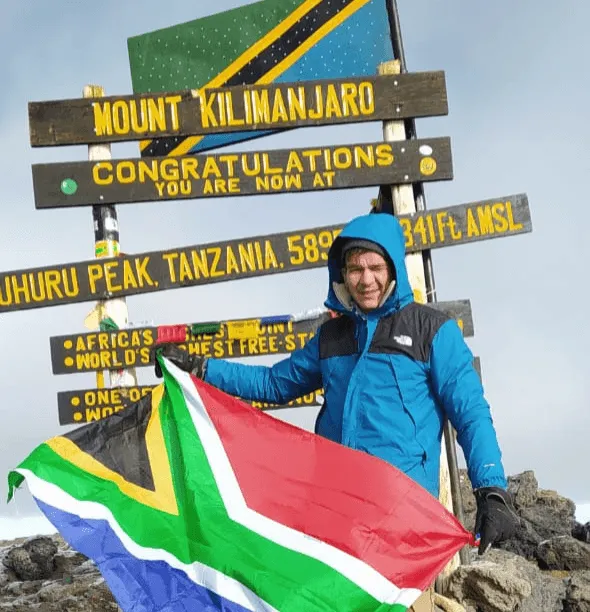
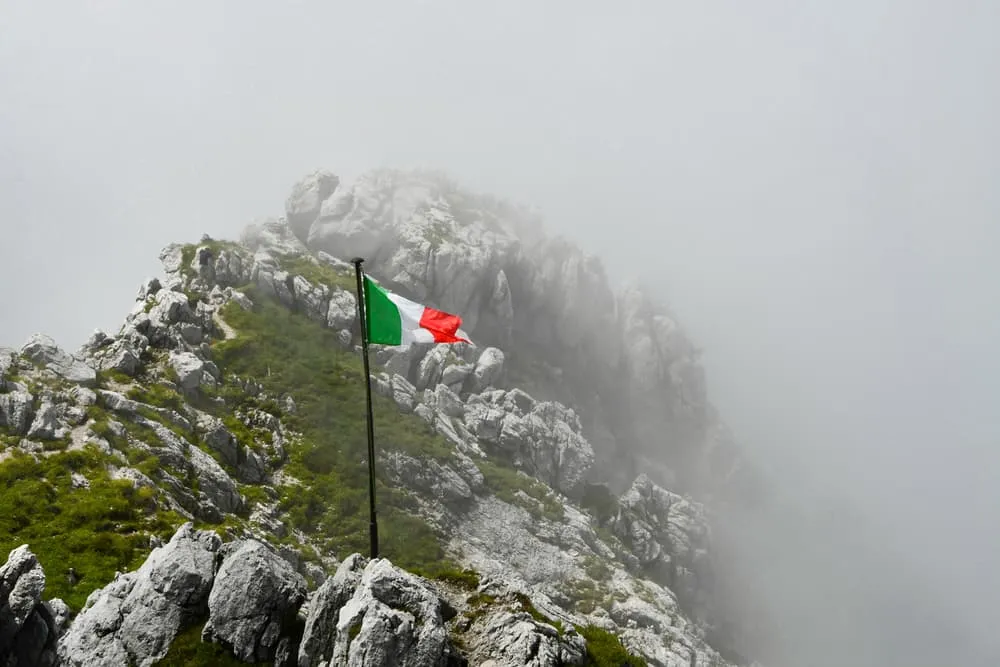


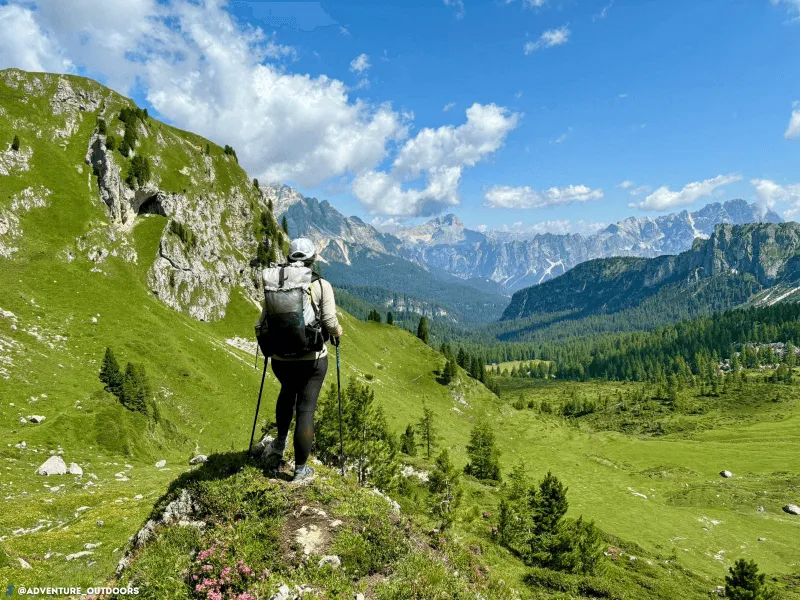
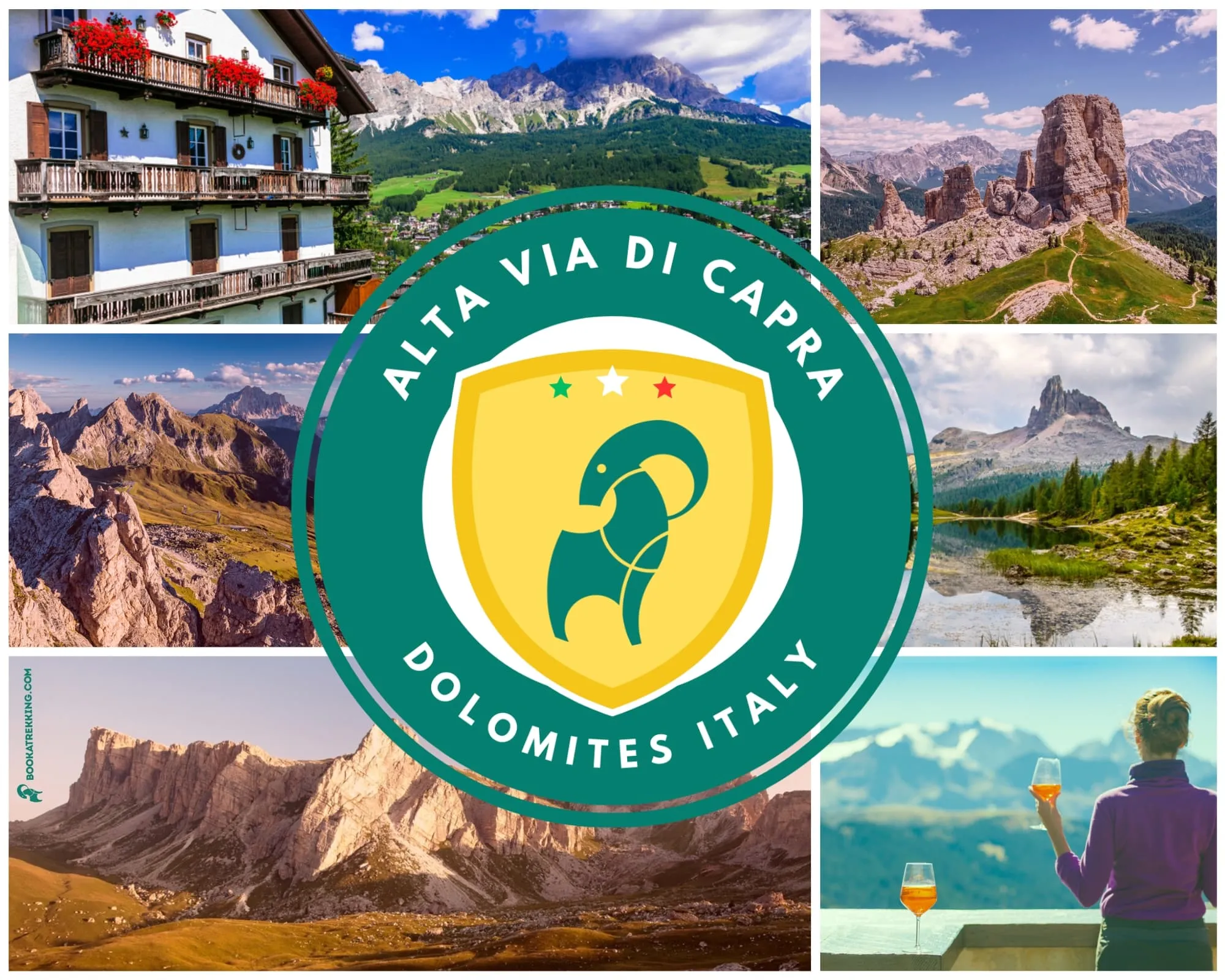
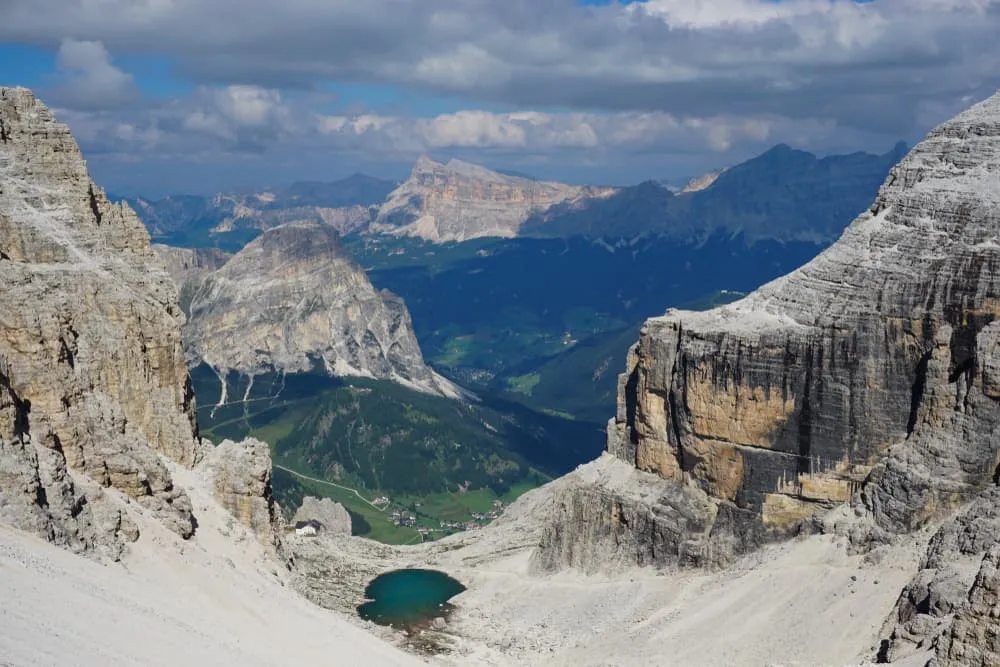
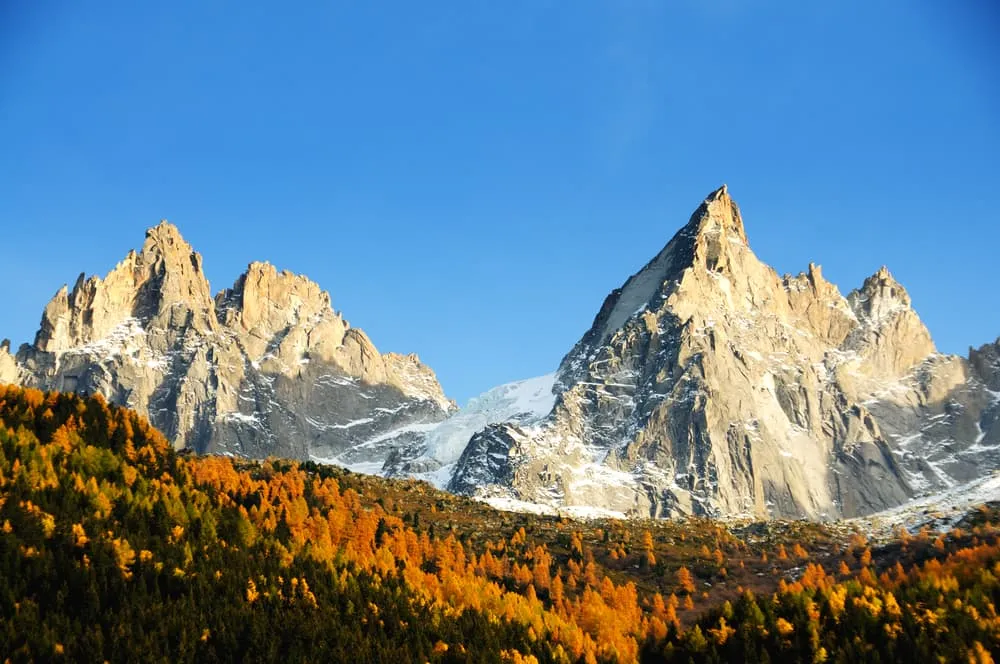

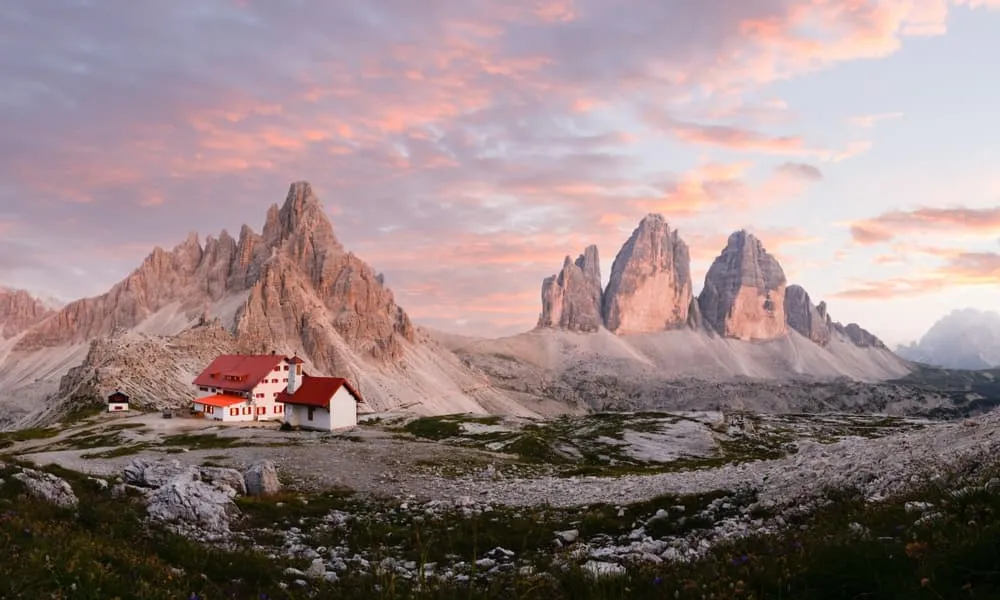



Comments